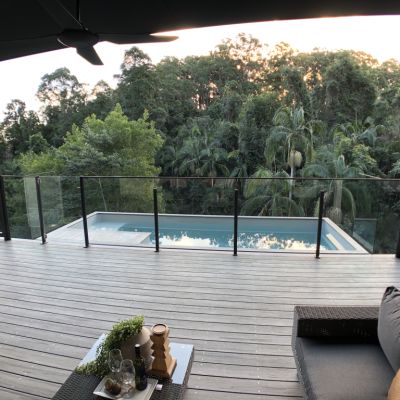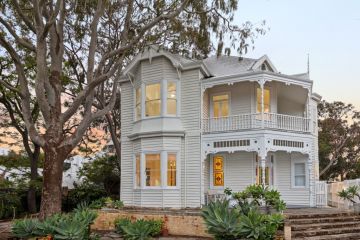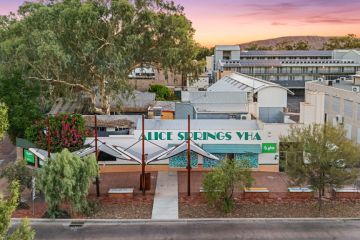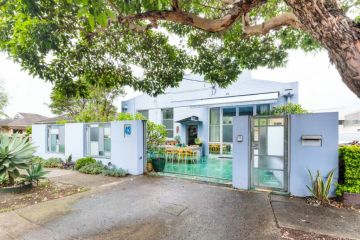How much will it cost to install a pool in 2024?
With summer in full swing, installing your own pool may look more attractive as the days go on and the temperatures climb.
A backyard pool is high on the wish list for house hunters, with “pool” being the most-searched term for buyers in every state and territory, according to the Domain End of Year Report for 2023.
But for those looking to stay put, the events of the pandemic are still influencing the cost of building a new pool within an existing yard, says Chris Samartzis, chief executive of Master Pool Builders Association Australia.
“There was probably a 30 per cent increase [in the cost of installing a pool] across the board as a result of the pandemic,” he says.
This was mainly due to a shortage of trades, increased costs for freight, difficulty finding materials globally and their rising prices, he explains. However, there have been some improvements since.
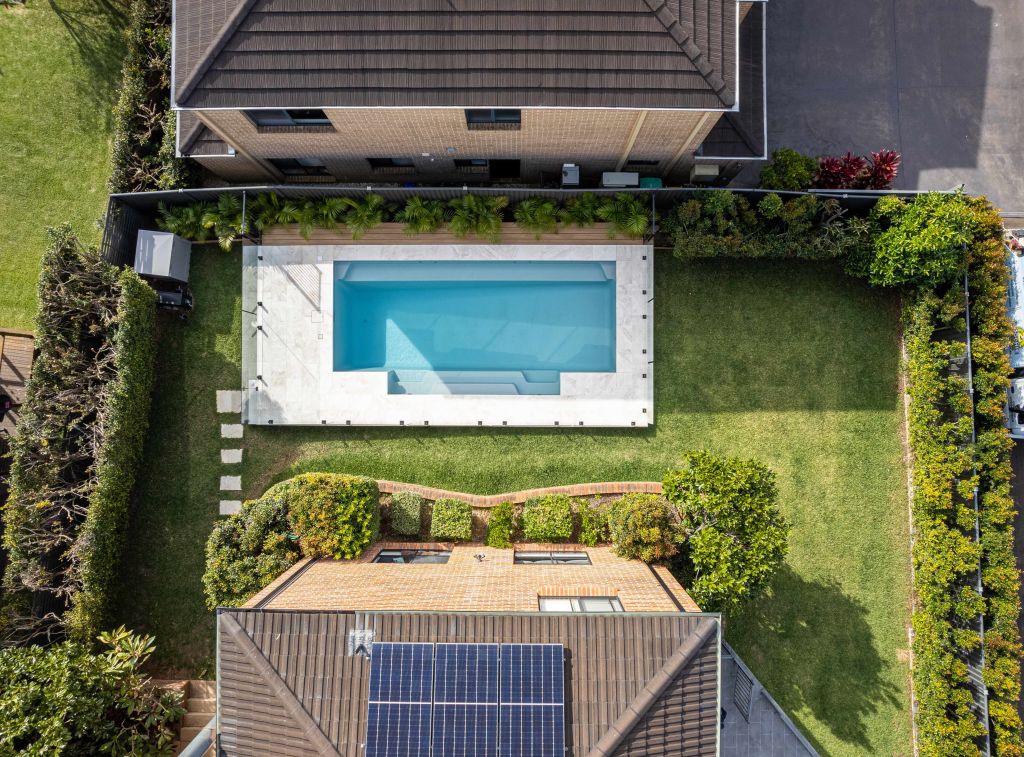
“Although costs haven’t come down – because once those labour or product costs go up they rarely come back down – what has happened is that there are more trades or subcontractors available in the market,” Samartzis says.
“When it comes to logistics, all suppliers across the world have caught up, while this time last year you couldn’t even get a pool heater.”
What is the first step to building a pool?

Step one is the planning and engineering of your yard.
This involves sending an approval agent to a site to draw the plans and help manage the project, director of Aquify Pools Matt Ranieri says.
“Once someone decides to move forward, the approvals process can take weeks to months depending on two main forms of approval you can choose from.
“One is a complying development certificate, which kind of bypasses the local council requirements and puts the approval process in the hands of a private certifier. This happens about 60 to 70 per cent of the time [in the work we do],” he says.
“Around 30 to 40 per cent of the time, a development application is required from the local council, which can happen if a client wants a pool in the front yard, if they want it a certain height out of the ground, or if they live in a protection area or a heritage-listed site.
“Once we have the approval, the time it takes to actually construct a swimming pool is anywhere from two to four weeks.”
Fibreglass or concrete pools?
The cost of building a pool will always vary, as it depends on many factors, including the type of pool you choose, its size, and the space you are working with.
Samartzis says fibreglass pools can cost anywhere from $60,000 to $100,000, while a concrete pool is likely to cost more – anywhere between $80,000 and $150,000.
Smaller plunge pools are a more cost-effective option, coming in at $20,000 to $30,000.
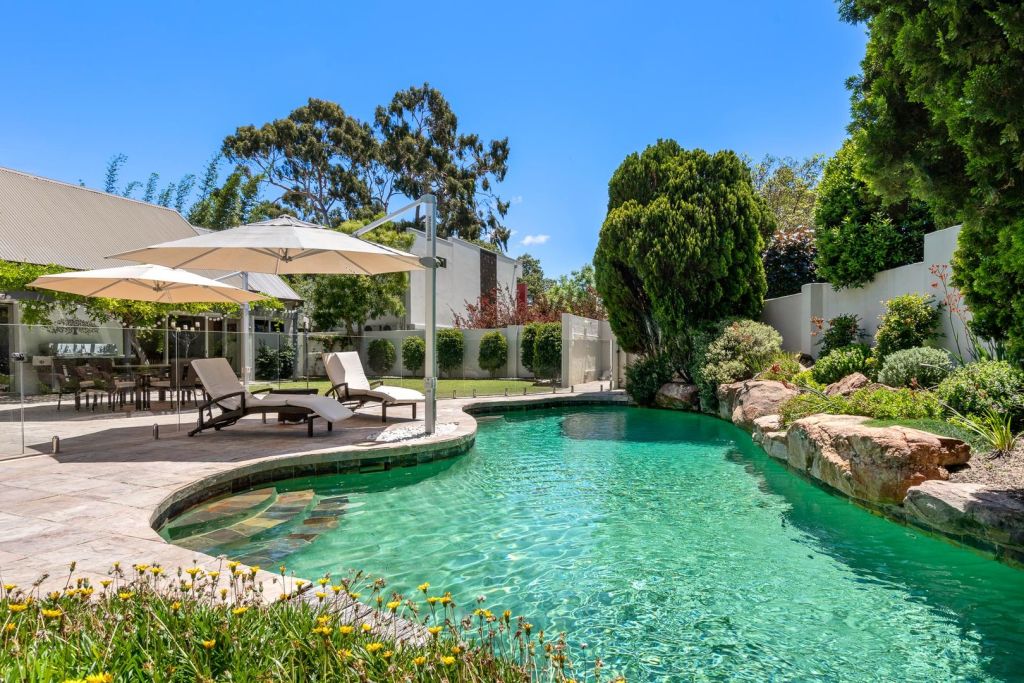
“There is definitely a speed advantage to fibreglass swimming pools; they are constructed offsite as opposed to concrete pools where you dig the hole and you’re actually building the pool onsite,” Ranieri says.
However, as fibreglass pools are built offsite, they usually have to be craned into their location, which can add additional costs. Ranieri says pool builders will always help with this step.
Samartzis says a concrete pool may be a better option for anyone looking for more flexible design choices.
“With concrete pools, you can virtually get them in any dimension … because they are built on site it means they are made perfectly to fit your house or in any shape you like,” he says.
“The other defining difference is the type of finishes you can get on concrete, whether that is tiling, a render-type finish or a pebble mix.”
The finish you choose will also impact pricing, with tiling likely to add anywhere between $10,000 to $20,000 to the cost, depending on the pool’s size.
Above-ground or in-ground pool?

If you opt for an in-ground pool, the cost of excavation, machinery and council fees is likely to come close to $9000. However, it will vary depending on your location and the site’s topography.
Ranieri says it is vital to plan for surprises and add a buffer within your budget.
“A lot of the time doing any home renovations, you can uncover a few unexpected things, especially when you are talking about doing things like excavating,” he says.
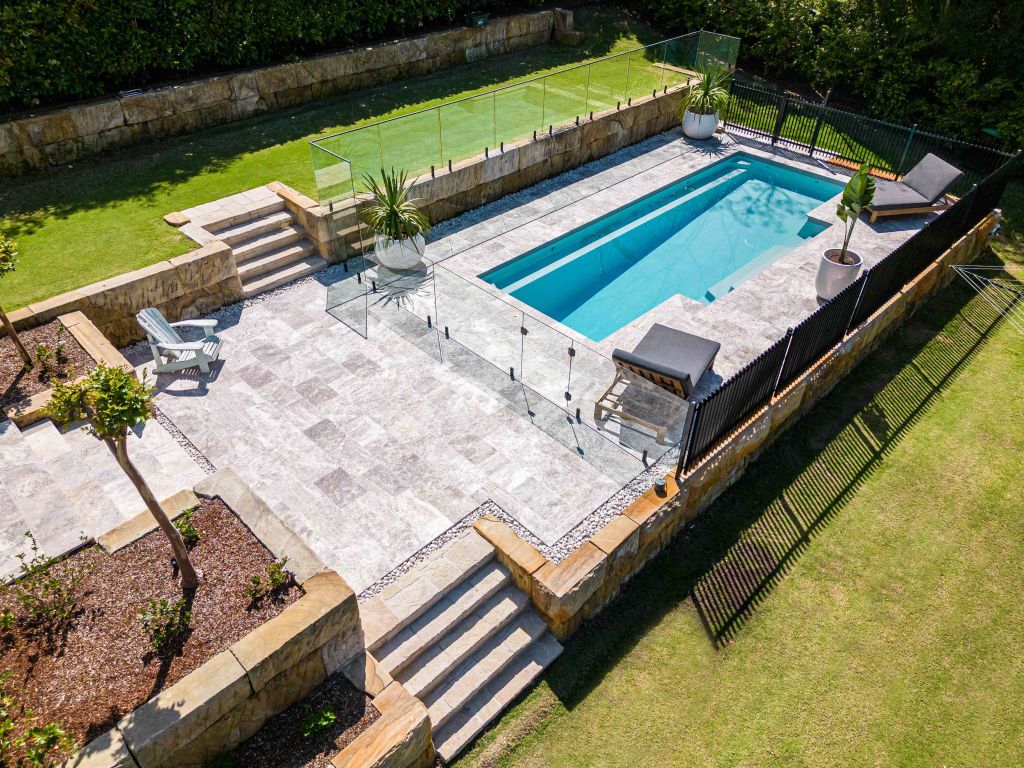
“There may be pipes or tanks underground, or rocky surfaces, that will be difficult to manoeuvre around or know the exact costs ahead of time.
“It’s good to have a bit [of money] up your sleeve for the unknown … sometimes people may have to modify or change their boundary fence to comply with regulations after things are discovered.”
Above-ground pools can be cheaper for those who want to save money and time.
There are three kinds of above-ground pools of varying costs, according to hipages. A basic fibreglass shell can cost between $3500 to $7000 without filters or landscaping included, while a large vinyl-lined pool will be closer to $10,000.
If you are after a custom-made concrete pool, you’d be looking to pay closer to $60,000.
Landscaping and fencing
There are several options when it comes to poolside paving, with some more affordable than others, and once again, costs will vary depending on the size of the area.
According to hipages, concrete pavers are the cheapest, at $40 to $65 per square metre.
Limestone pavers cost about $45 to $75 per square metre, brick pavers $70 to $95, and granite, travertine or flagstone are slightly pricier at $70 to $100 per square metre.
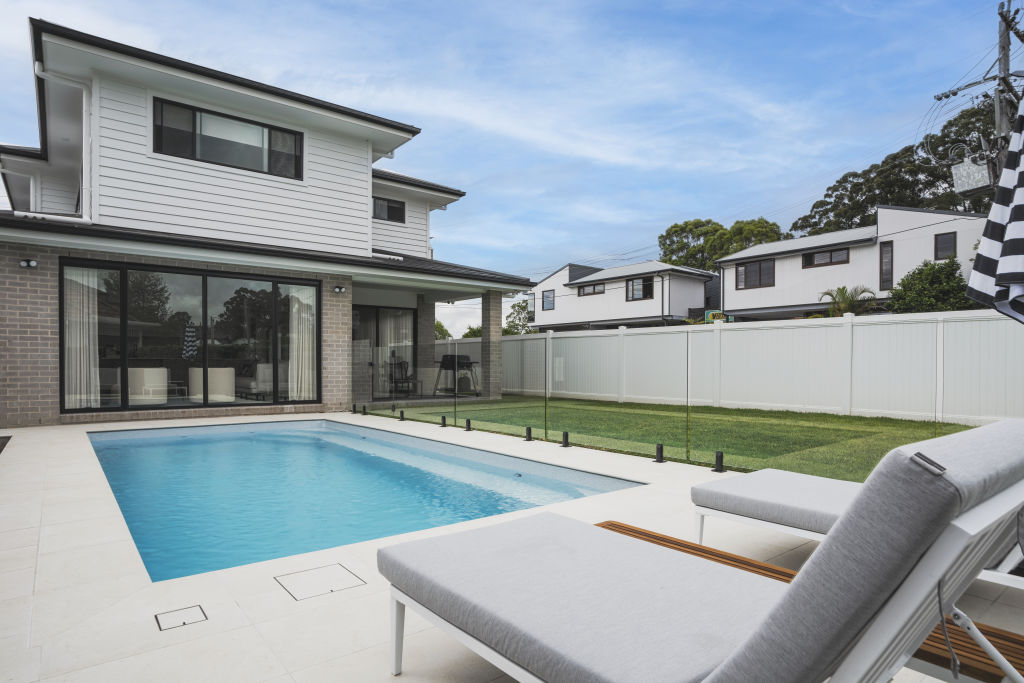
For fencing, the popular glass fence has become one of the more pricey options. If $10,000 for a glass fence sounds too much, cheaper alternatives such as aluminium, timber or bamboo could save you close to $3000.
Maintaining your pool
Investing in a pool cleaning system is a way to remove the cleaning hassle, but it is a pricey option, Samartzis says.
“It just alleviates a lot of headaches that can come with cleaning a pool. These days, robotic cleaners mean you can just set times through a phone app and it will just do its thing.”
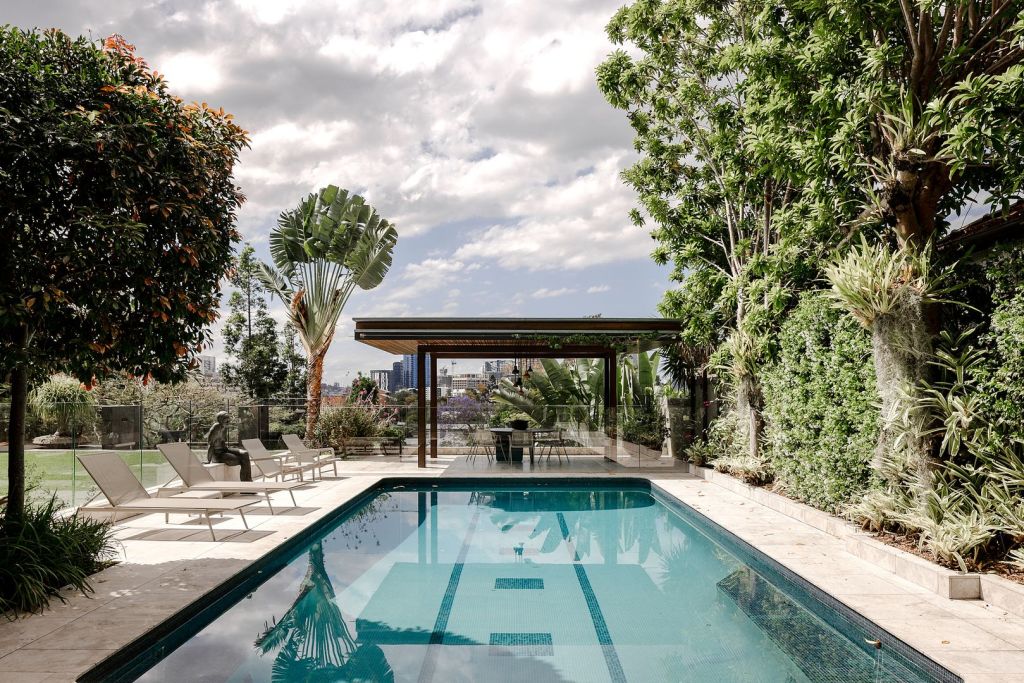
You can also take measures to be more sustainable and save money.
“We’ve now got variable speed pumps, which operate at certain speeds when it’s only required to do so, which reduces the costs of energy consumption,” he says.
“We also recommend pool covers, which help reduce water evaporation, and there is also the option of water tanks and pre-filtering.
“All of these things can work in tandem to make the pool a more sustainable, environmentally friendly and cheaper product than it used to be.”
Does a pool add value to your property?
Domain research estimates that having a pool can add about 11.5 per cent to the value of your home.
They have become the make-or-break feature of sales, Toby Parker of Belle Property Balwyn tells Domain.
“There’s been a real shift to families wanting to entertain at home and have that complete entertainment space … you can have family and friends over, and to complete that package, people want a pool,” he says.
“Not only is it a place to relax, but they’re usually great to look at and a focal point of any good house.
“With advanced pool technology such as self-cleaning systems or self-chlorinating systems, they’re easier to manage so a lot more people are interested in them now … some people won’t compromise on a pool, some would pay a lot of money for them.”


We recommend
We thought you might like
States
Capital Cities
Capital Cities - Rentals
Popular Areas
Allhomes
More
/http%3A%2F%2Fprod.static9.net.au%2Ffs%2F4bf3b546-3f39-4a23-9c67-e1a177cf45c4)
